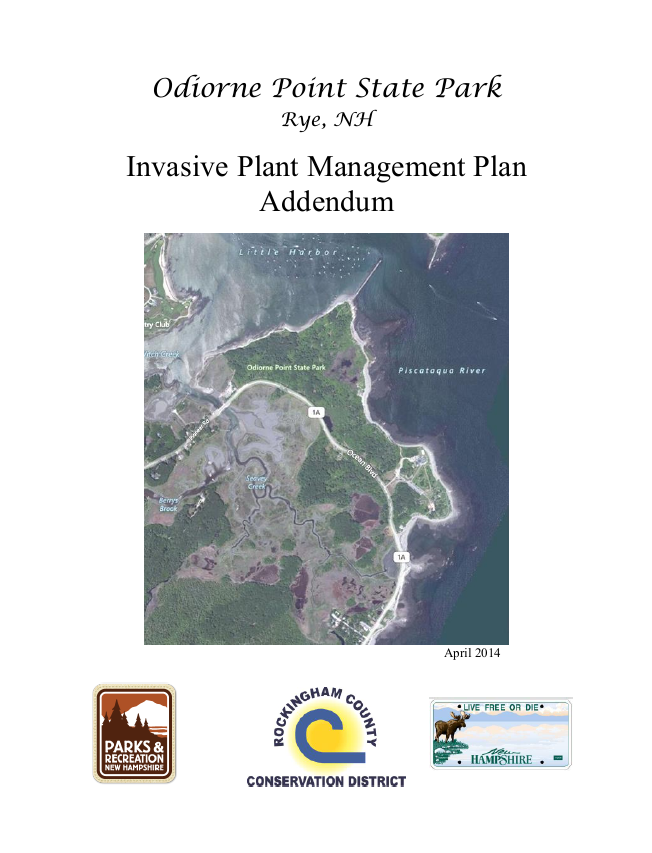TRAIL CLOSURES STARTING JUNE 23, 2025
〰️
TRAIL CLOSURES STARTING JUNE 23, 2025 〰️

Odiorne Point State Park
Habitat Restoration

Brief History:
Odiorne Point State Park spans 330 acres along the seacoast in Rye, New Hampshire, and features the longest stretch of undeveloped shoreline in the state. The area holds deep historical significance—it was once inhabited by indigenous peoples including the Pennacook and Abenaki, and later became the site of one of New Hampshire’s earliest documented European settlements in the 1600s. The landscape underwent dramatic change in 1939 with the onset of World War II, when the U.S. military took control of the land. The once-rural farmland was transformed into a fortified military installation, complete with several concrete bunkers. Following the base’s decommissioning in 1961, the land was acquired by the State of New Hampshire and eventually opened to the public as a State Park.
Today, Odiorne Point State Park is managed by the New Hampshire Division of Natural and Cultural Resources and also hosts the Seacoast Science Center. The park protects some of the state's most unique ecosystems, including coastal pitch pine forest, sand dunes, and barrier marshes. Over time, these habitats have faced significant degradation due to the spread of invasive, non-native plant species.
Check out the Homelands App for more information on Abenaki culture at Odiorne
A new augmented-reality app is now available, offering users an immersive glimpse into our region as it existed before English settlement. The Homelands App—free to download from the Apple Store and Google Play—brings Abenaki culture to life in the landscapes where they lived and worked, including Odiorne Point State Park and Star Island in Rye.
Historical Photos
Restoration Background-Where it all started
In 2008 an ecological restoration plan was created by Biologist Alan P. Ammann which broke Odiorne into several distinct habitat types of which were then labeled by field number. Ammann's plan focused on the restoration of native and historic human dominated ecosystems within the park with a particular emphasis on control of invasive plants which were thought to be the most damaging ecosystem stressor.
In 2010 the Odiorne Point State Park Invasive Plant Management Plan was adopted to restore native plant communities, control invasive species infestations, eradicate new infestations and improve aesthetic and recreational opportunities and public safety at Odiorne Point State Park in Rye, NH.
When the Plan was created, at least 18 of 26 prohibited species on the state invasive plant list have been documented at the park, and since that time additional species have been located. The Plan determined that 230 acres of the 330-acre, just over 88% of the park, was heavily invaded by invasive plants. So RCCD and its partners set out to work and began restoring those acres.
Straus, 1972 (Floristic Study)
Ammann, 2008
FB Environmental, 2010
FB Environmental, 2014





























